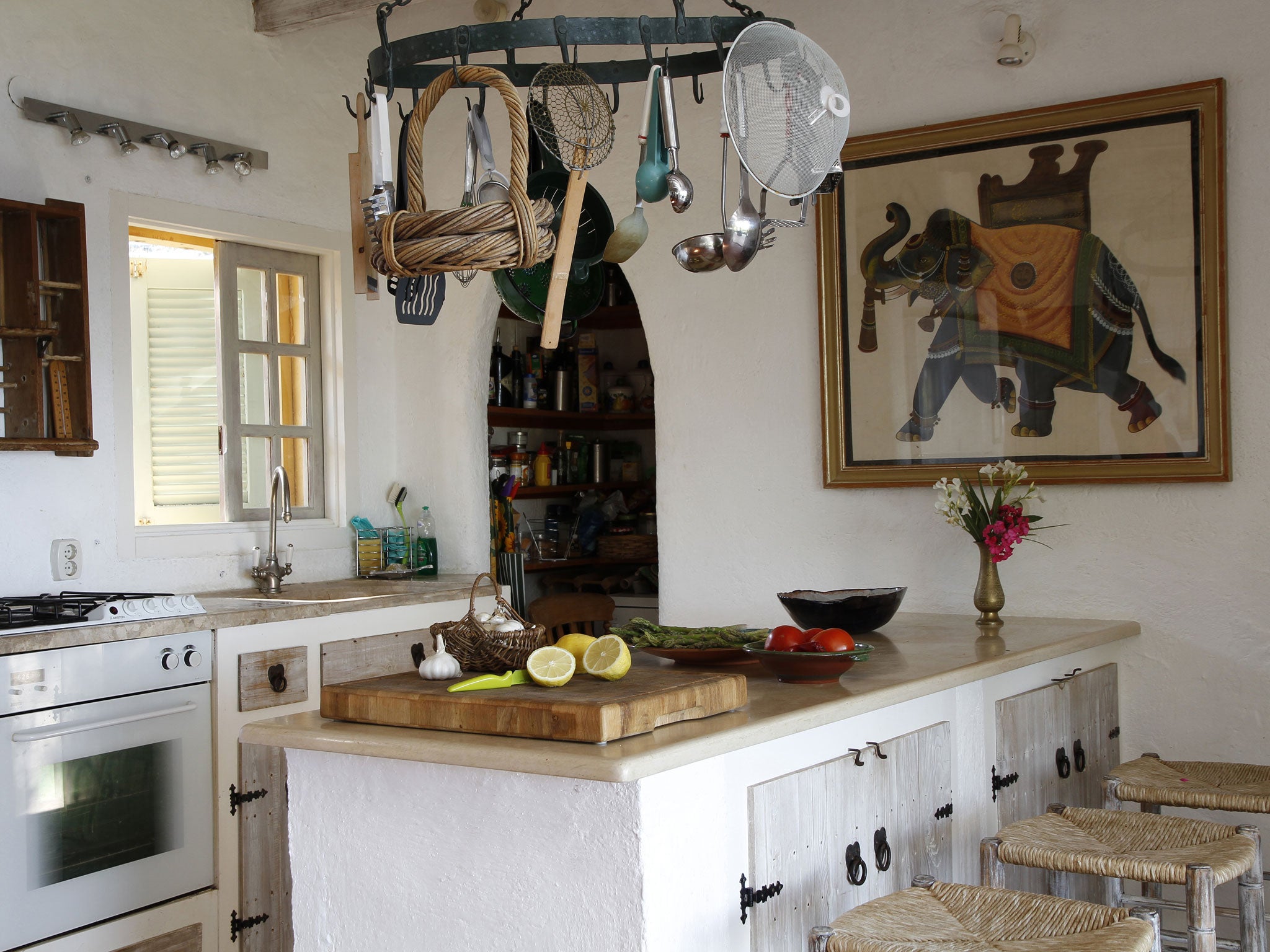Property news roundup: The top 20 property turn-offs for buyers
Plus, the death of the spare room, who chooses the decor, and rising house prices force couples to move in together earlier

Damp patches, rotten windows and no garden head the list of dealbreakers for potential homebuyers.
Around 70 per cent of buyers uin the Gocompare.com survey said that they would not buy a property which had damp patches or stained walls or ceilings, while 63 per cent said that they would avoid homes which were in a poor state of repair. Even a cluttered room would put off 15 per cent of viewers.
The overall top 20 is:
1 Damp patches, stained walls and ceilings (would put off 70 per cent)
2 Property in poor state of repair e.g. rotten windows (63 per cent)
3 No garden (57 per cent)
4 Bad smells, including odours from pets, cigarette smoke, damp and food (56 per cent)
5 No parking (56 per cent)
6 Poor natural light, dark rooms (54 per cent)
7 Unfinished building work (54 per cent)
8 Small rooms (51 per cent)
9 Small kitchen (44 per cent)
10 Bad DIY (43 per cent)
11 Dirty house (37 per cent)
12 Stone cladding, render or pebble dash on outside walls (31 per cent)
13 Outdated bathroom (25 per cent)
14 Outdated kitchen (25 per cent)
15 Artex or textured ceilings (18 per cent)
16 Plastic windows (18 per cent)
17 Overgrown garden (16 per cent)
18 General untidiness (16 per cent)
19 Cluttered rooms (15 per cent)
20 Dated or over the top décor (14 per cent)
The big property squeeze
In a study of more than 3,000 people for storage company Shurgard, three quarters said that property prices mean they cannot afford the space they need. In London, the figure was 79 per cent compared to 45 per cent in Cardiff and 65 per cent in Southampton. Only half had a spare room, although a quarter use it only as a junk room instead of living space.
Moving in together
Nearly half of couples admit that they moved in with their other half a lot sooner than they planned, according to new research from Confused.com with more than one in five admitting to having moved in with their partner due to financial reasons. In terms of the effect of house prices rising, seven per cent of couples admitted that they moved in together as they could not afford to buy separately.
Who chooses the carpets?
Nearly three quarters of items in the average British home were picked out by the lady of the house, says a new study by Banner Homes.
The study, of 2,000 couples, revealed men usually take the lead on electronic equipment or the type of car, but women are more involved in furniture, appliances and even the location of the house itself. And around 45 per cent of women have thrown out items belonging to their partner because they failed to fit in with the look of their home.
The research into choices around the home also analysed the decisionmaking process involved in the purchase of a new property - women appear more likely to look for a decent size kitchen, while men worry about where the television will go.
Join our commenting forum
Join thought-provoking conversations, follow other Independent readers and see their replies
Comments